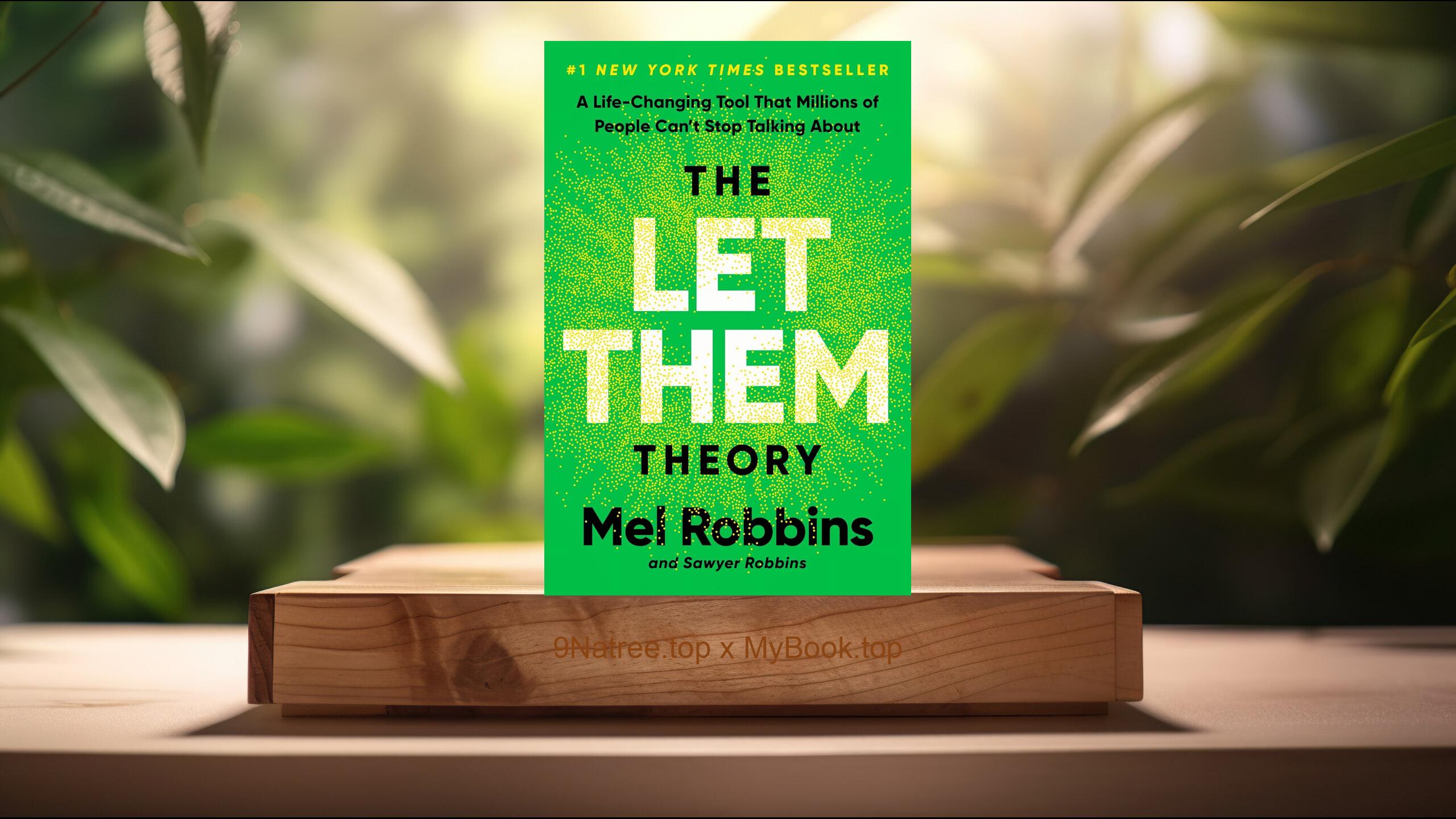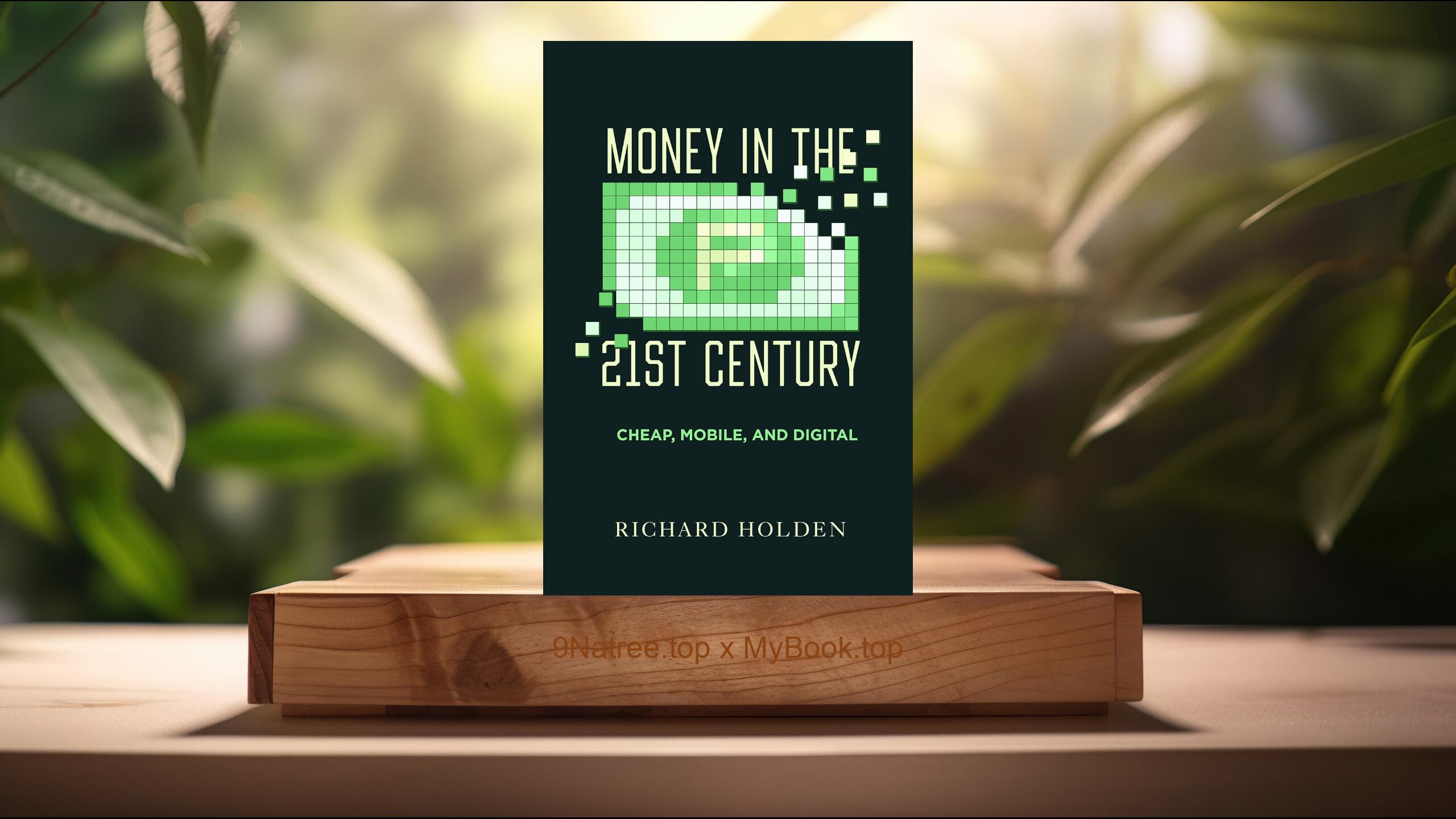Show Notes
- Amazon USA Store: https://www.amazon.com/dp/B0DXMZWTYM?tag=9natree-20
- Amazon Worldwide Store: https://global.buys.trade/1929-Andrew-Ross-Sorkin.html
- Apple Books: https://books.apple.com/us/audiobook/1929-inside-the-greatest-crash-in-wall-street-history/id1797215088?itsct=books_box_link&itscg=30200&ls=1&at=1001l3bAw&ct=9natree
- eBay: https://www.ebay.com/sch/i.html?_nkw=1929+Andrew+Ross+Sorkin+&mkcid=1&mkrid=711-53200-19255-0&siteid=0&campid=5339060787&customid=9natree&toolid=10001&mkevt=1
- Read more: https://mybook.top/read/B0DXMZWTYM/
#1929stockmarketcrash #AndrewRossSorkin #GreatDepression #WallStreethistory #financialcrisis #leverageandliquidity #investmenttrusts #1929
These are takeaways from this book.
Firstly, The speculative engine: leverage, credit, and the architecture of a bubble, The late 1920s were defined by a new confidence in American industry and finance. Behind the headlines about rising stocks sat a specific engine: leverage. Many investors bought shares on margin, often putting down as little as 10 percent of the purchase price and borrowing the rest through brokers who tapped the call money market. Banks and even large corporations lent into this market because returns looked steady and collateral values were rising. This created a loop in which rising prices encouraged more borrowing, which drove prices higher still. It felt safe because the collateral seemed unimpeachable and because the nation had just come through a decade of innovation in automobiles, radio, chemicals, and consumer finance. Sorkin maps that engine with clarity. He shows how brokers loans grew into a shadow banking system tied to daily interest rates that could spike without warning. He explains how investment trusts, the era s predecessors to today s funds, promised diversification but often used layers of leverage and cross holdings that made the system brittle. On paper these vehicles spread risk; in practice they concentrated it. The market structure rewarded participation and penalized skepticism, especially as pools of insiders worked to support prices in marquee names. Policy also mattered. The Federal Reserve, concerned about speculation, tightened credit in 1928 and 1929, but its tools were blunt and its signals mixed. While the cost of money rose for commerce and industry, the appetite for brokers loans remained intense as long as prices rose. The gold standard constrained central bank discretion and tied domestic policy to international flows. Meanwhile, financial publicity and new data services accelerated a narrative of inevitability. Newspapers and ticker services made market action a national pastime, and that attention helped build momentum. Crucially, the book does not treat speculation as mere folly. Sorkin highlights how new products, electrification, and modern management genuinely improved business prospects. The problem was not optimism per se but the mismatch between liquidity needs and funding sources, the opacity of holdings inside trusts and banks, and the belief that market depth would always be there. By reconstructing this architecture, the book shows why the system could appear robust while becoming ever more fragile. When funding conditions tightened, the same mechanisms that lifted prices in good times amplified the fall. Margin calls forced selling. Lenders protected themselves first. What had looked like safe leverage became a trap door that few saw until it opened beneath them.
Secondly, Breaking points: from Black Thursday to Black Tuesday and the mechanics of panic, The crash itself unfolded as a sequence of breaks in confidence punctuated by dramatic, very human attempts to stop the slide. Sorkin takes readers directly into the pivotal days of late October 1929. On Thursday, October 24, a wave of selling overwhelmed the New York Stock Exchange. The ticker fell hours behind as orders flooded in, turning uncertainty into fear. In response, leading bankers convened to project strength, stepping in to support key stocks and signal a floor. For a moment, it seemed to work; prices steadied and a fragile calm returned. But the underlying pressure had not been relieved. Margin calls rippled through brokerage accounts, forcing investors to liquidate to meet obligations. The call money market, which had financed the boom, wavered. Liquidity, so abundant days earlier, began to evaporate just as it was needed most. When trading resumed after the weekend, Monday delivered another shock. Selling resumed with greater urgency, and the institutional bids that had steadied the market were either too small or too late. Tuesday brought the crescendo. The selling became indiscriminate, the kind of behavior that characterizes a true panic. Even seasoned traders were transfixed by the speed of the decline and the sense that the market had slipped out of any single institution s control. Sorkin explains the market s mechanics in plain language. He shows how order imbalances build, how delayed information distorts judgment, and how risk managers pull back just as signals grow most confusing. He explores the role of short selling, which is often blamed in crises but can also provide liquidity, and he distinguishes between scapegoats and structural issues. The key was not one type of trade but the system s dependence on day to day funding and the absence of backstops that could expand quickly enough to meet the moment. A vivid theme across these chapters is psychology. Investors were not robots; they were neighbors, small business owners, executives, and clerks. Each had reasons to sell or to hold, and each watched others for cues. When the ticker fell behind, the market became a hall of mirrors. Rumors and partial information carried greater weight than fundamentals. Sorkin captures how social proof turns into social panic, and how the same herd dynamics that fuel bull markets accelerate declines. Attempts at stabilization faltered because they could not reverse deleveraging or restore trust in the near term. The index level mattered less than the conviction that tomorrow might be worse than today. Once that conviction took hold, only time and a reset of leverage could change the trajectory. The crash was therefore not merely a fall in prices but a collapse in the belief that the crowd could be confident together.
Thirdly, People and power: bankers, speculators, economists, and the institutions they built, Financial history is carried forward by people acting inside constraints. Sorkin profiles the cast that shaped 1929 with keen attention to incentives, blind spots, and the limits of authority. Leading bankers, including partners at J. P. Morgan and senior executives at the largest commercial banks, straddled a line between private profit and public responsibility. They had long served as informal stabilizers in moments of stress, and in October 1929 they again convened, placing visible bids to reassure the market. The book shows how these efforts were sincere and, for an afternoon, effective, yet ultimately unable to offset the systemic deleveraging already in motion. On the speculative side, pools of capital orchestrated campaigns to support or advance prices in marquee shares. These pools relied on secrecy and coordination, tools that worked in buoyant conditions but could not withstand a general withdrawal of credit. Sorkin examines how insiders justified their actions as market management and how critics saw them as manipulation. He places these practices in the regulatory vacuum of the era, before federal securities law required disclosure or curbed certain market schemes. Economists and public officials appear as both observers and participants. Influential voices debated whether stocks were fundamentally overvalued or whether innovation had redefined what valuation meant. One renowned economist insisted on the soundness of the new level of prices just weeks before the break, illustrating how expertise can be trapped by the narratives of its time. At the Federal Reserve, leaders faced the challenge of containing speculation without choking legitimate commerce. The death of Benjamin Strong in 1928 removed a powerful and pragmatic voice from the policy mix, and the gold standard limited the central bank s room to maneuver. The book does not reduce these figures to caricature; it shows how reasonable people, operating with incomplete information, made decisions that now look flawed. Sorkin also foregrounds the public. Shopkeepers who borrowed against portfolios, families who put savings into investment trusts, and industrial workers who watched their employers shares become a point of pride and then a source of anxiety all become part of the story. The crash was not confined to a handful of skyscrapers in lower Manhattan; it reverberated through towns and cities as credit tightened and orders slowed. That diffusion of consequences is a central theme. Institutions, from exchanges to clearing houses to banks, shape outcomes at scale, but they are staffed by people who experience stress and doubt like anyone else. By connecting personalities to structures, the book helps readers see why appeals to confidence could not substitute for a coherent framework of transparency and limits. The eventual creation of federal oversight, from the Securities and Exchange Commission to deposit insurance, reflects the lesson that private leadership needs public rules to contain collective risk. This is not an indictment of markets but a recognition that incentives, left unchecked, can produce fragility even in the hands of smart, well intentioned actors.
Fourthly, From market crash to national crisis: transmission, policy mistakes, and the long fallout, A core contribution of the book is its careful mapping of how a financial shock grew into a national calamity. The crash destroyed paper wealth, but the more damaging mechanism was the tightening of credit and the erosion of confidence. Banks, already exposed to falling collateral values and vulnerable to runs, pulled back from lending. Businesses delayed expansion or cut production. Households trimmed spending as uncertainty mounted. What began as a Wall Street crisis moved to Main Street as working hours were reduced and layoffs increased. Policy choices shaped the depth and duration of the downturn. Tariff policy turned inward with the passage of Smoot Hawley in 1930, prompting retaliatory measures and weakening global trade at a moment when external demand might have softened the blow. Monetary policy was constrained by adherence to the gold standard, which made it harder for the Federal Reserve to expand aggressively when banks failed and money supply contracted. Scholars later called the period a case study in debt deflation, as falling prices increased the real burden of debts and discouraged new investment. Sorkin traces this chain without treating the crash as the sole cause of the Great Depression. He shows how structural weaknesses in banking, including the absence of nationwide branch networks and deposit insurance, made failures more likely and costly. He recounts the waves of bank collapses in the early 1930s and the policy experiments that followed, including the creation of the Reconstruction Finance Corporation. Confidence would be rebuilt slowly, culminating in a banking holiday and reform agenda under new national leadership. Those reforms did not end the Depression, but they created guardrails that stabilized finance and shaped markets for decades. The social impact receives equal weight. The crash changed attitudes toward risk, savings, and government. Trust, once thought of as a natural resource in America s boom years, was revealed to be a public good that could be depleted. Communities organized mutual aid; charities were overwhelmed; cultural narratives shifted from boundless optimism to caution and thrift. The lesson was not that ambition is dangerous, but that prosperity depends on aligned incentives and a shared commitment to transparency. By following money and policy into the real economy, the book demonstrates why financial history matters for citizenship. The markets can appear distant until the channels of credit, trade, and employment connect events on an exchange to the rhythm of daily life. Understanding those channels helps readers recognize early warning signs, weigh policy debates, and appreciate why guardrails introduced in the 1930s were more than bureaucratic inventions. They were responses to lived experience, designed to prevent a market break from becoming a national breakdown again.
Lastly, Lessons for the present: risk, regulation, and resilient decision making, While deeply rooted in archival detail and historical context, the narrative is unavoidably relevant to modern readers. Sorkin draws out lessons that apply to investors, executives, and policymakers today. The first is the inexorable arithmetic of leverage. Borrowed money amplifies outcomes. It can accelerate gains, but it also shortens the time you have to respond when prices move against you. Margin loans in 1929 have modern counterparts in derivatives, repo markets, and leveraged funds. The names change, but the principle endures: funding that can flee overnight should not support assets that require time to sell. A second lesson concerns transparency and incentives. Investment trusts of the 1920s offered diversification, but their inner workings were often opaque. Modern finance has seen similar opacity in structured products and off balance sheet vehicles. The remedy is not to ban innovation but to require disclosure, align incentives with long term outcomes, and test systems under stress rather than assuming liquidity will be there when needed. Reporting standards, independent oversight, and prudent capital buffers are not obstacles to growth; they are the conditions for durable growth. Third, market plumbing matters. In 1929, ticker delays and manual order handling magnified uncertainty; today, the risks are different but real, from algorithmic feedback loops to settlement bottlenecks in stressed conditions. Designing circuit breakers, ensuring access to central clearing, and planning for orderly resolution of failing institutions are modern versions of the same goal: keep temporary shocks from becoming permanent damage. Fourth, leadership under pressure requires humility. Many of the most respected voices in 1929 underestimated the system s fragility. The lesson is to cultivate habits that guard against narrative lock in: seek dissenting views, use scenario analysis, and practice pre mortems to imagine how things could fail. For individual investors, that translates into simple, resilient portfolios, an allergy to excessive leverage, and an acceptance that uncertainty is a feature, not a bug, of markets. Finally, the book makes a civic argument. Stable finance is a public good because credit and savings are the lifeblood of opportunity. Regulation is not a cure all, but rules that limit conflicts, enforce honest disclosure, and provide credible backstops help markets do what they do best: allocate capital to productive uses. In connecting the dots from 1929 to later crises, Sorkin underscores a paradox of capitalism: it thrives when discipline and imagination coexist. Readers will finish with a toolkit for asking better questions about risk, a respect for the limits of prediction, and a renewed appreciation for the institutions that make prosperity possible.
![[Review] 1929 (Andrew Ross Sorkin) Summarized](https://episodes.castos.com/660078c6833215-59505987/images/2168261/c1a-085k3-mkw42m6wc2d8-hiayds.jpg)




